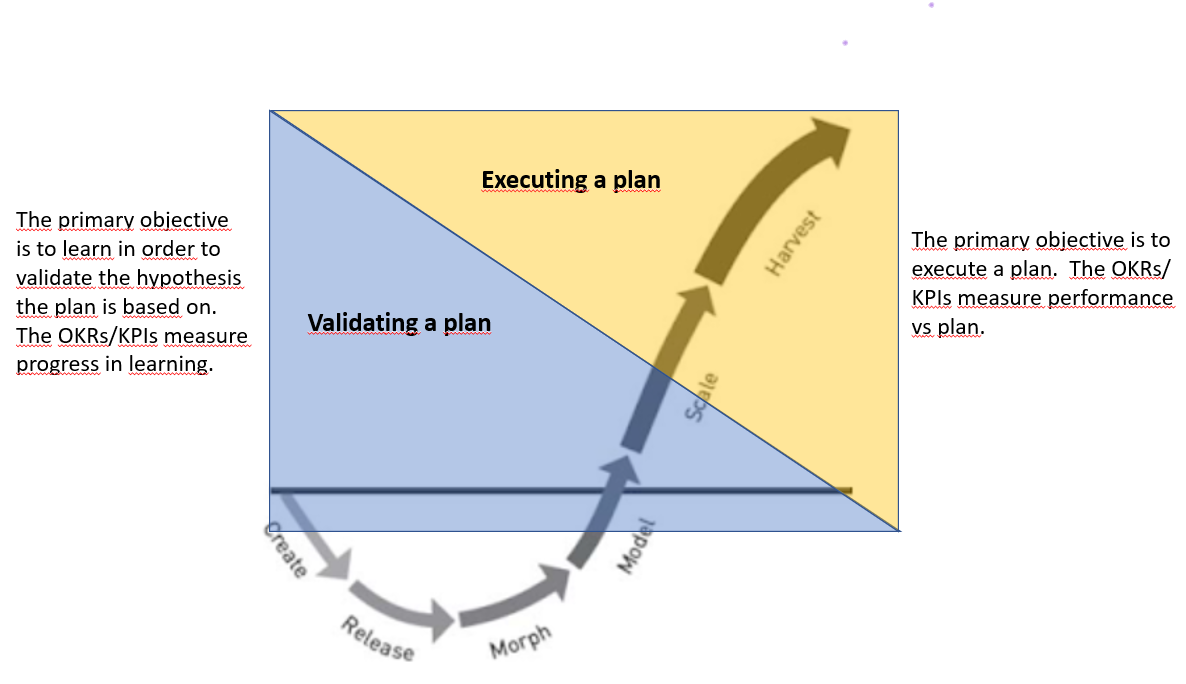The metrics that matter for baby stage companies
You don’t ask a school kid “how much money you are making”. If you did, that would guide them to skip school and get the odd job they are qualified for without education. And that would be the end of their development – they would be stuck with that for the rest of their lives.
What people normally do is ask about how kids are doing at school and what new did you learn today. If they keep learning every day, by the time they are adults they are ready to be working and then “how much you are making” will be a reasonable question to ask.
For grown up companies, revenue growth, EBITDA, quick ratio etc KPIs the traditional (and dominant) business literature (not to mention former corporate executives) is full of, are perfectly valid metrics. But what about companies who are still at school, i.e. startups?
By definition, a startup enters uncharted territories and its job is to do exploration so that it can draw a map. The success criteria for exploration is – learning. Finding the answers to the unknown.
The results of learning do not translate to revenue, profit, growth etc then and there. So what happens if success is measured as revenue growth, profit etc? You get what you measure. Startups skip learning and are trying to get the odd jobs they can, to get the instant results. Forgetting what their reason to exist is. Eventually, this may result in premature scaling – the #1 reason startups die. Pretending to be an adult when one is not.
In startup world everything is extremely context dependant. The context being your position on the learning curve – the “Startup J Curve”. Like a kid growing from child to adulthood, a startup is growing from a set of hypothesis to real business. How its success is measured should reflect their place on that journey. A conceptual illustration of that below.

As you get what you measure, knowing what is the measurement that matters at each stage on the way is crucial. You should understand what is the indicator that guides you best given where you are and where you want to go next. You first need to validate that your plan works before you start tracking your performance against it.
